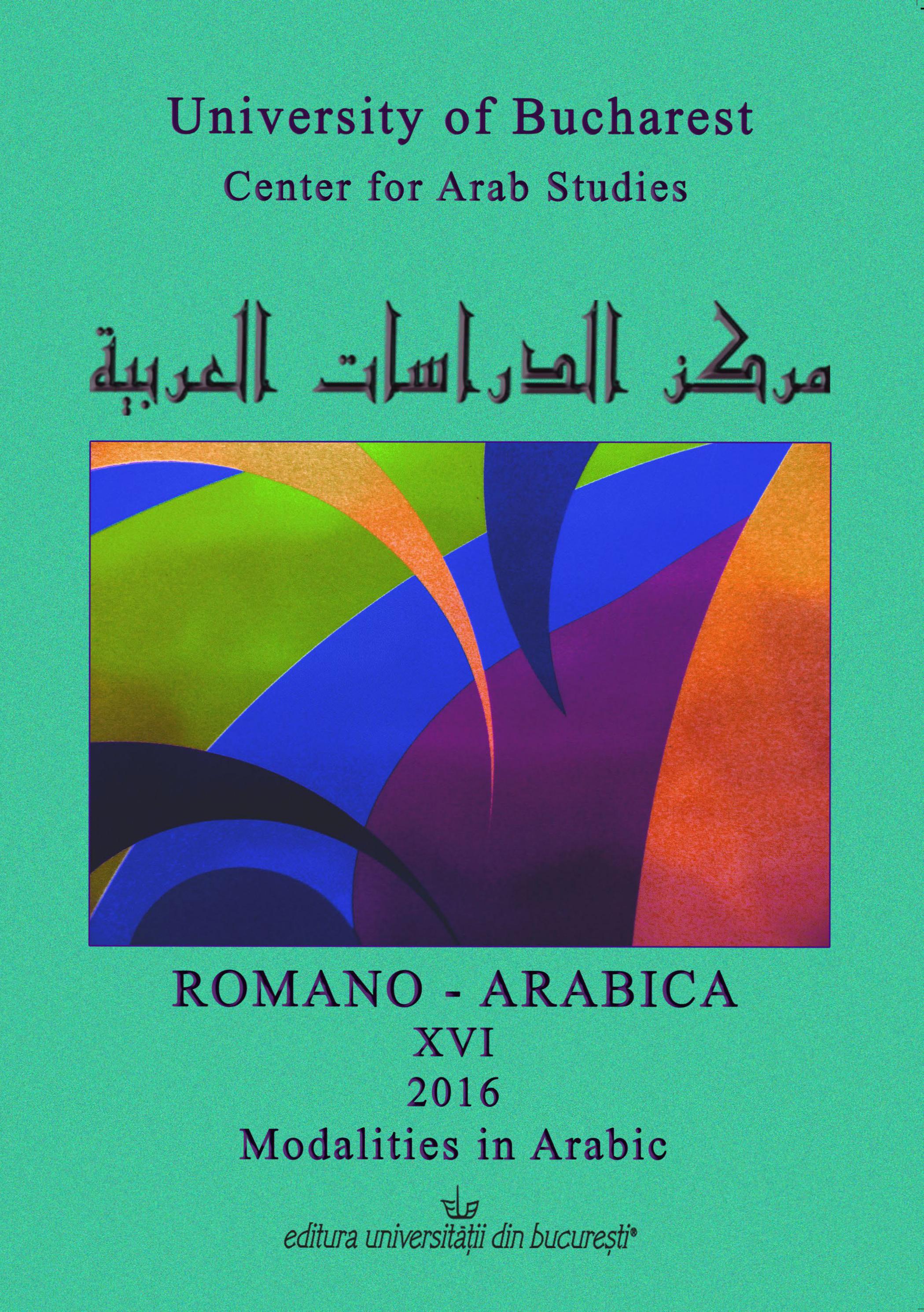AN ACOUSTIC-PHONETIC ANALYSIS OF VOWELS IN LEVANT ARABIC: SIMIALARITIES AND DIFFERENCES
AN ACOUSTIC-PHONETIC ANALYSIS OF VOWELS IN LEVANT ARABIC: SIMIALARITIES AND DIFFERENCES
Author(s): Judith RosenhouseSubject(s): Language studies, Theoretical Linguistics, Applied Linguistics, Methodology and research technology
Published by: Editura Universităţii din Bucureşti
Keywords: Levant dialects; acoustic phonetics; Arabic vowels; vowel trapezes; short vowels neutralization/merging;
Summary/Abstract: Acoustical phonetics of Arabic has been developing during the last half-century, but not enough research of this field already exists. The literature concerning the Levant (Syria, Lebanon, Jordan, Israel and the Palestinian Authority) do not enable clear phonetic-acoustic distinction between local dialects. This paper compares acoustic features of the dialect region of the Levant, in order to distinguish between them. At first, acoustical features of the first two formants (F1, F2) of Arabic dialects in the Levant countries are presented. From Israel the vowels of two regional dialects – the Galilee (GD) in the north and the Muthallath ('Triangle') in the center (MD) of Israel are discussed (based on Amir, Amir and Rosenhouse, 2014). The available vowel systems of the compared Levant dialects reveal (as expected) similarities and differences, found even between the GD and MD. Gender-based differences have also been found, as expected. Indeed, the phonetic descriptive literature notes such similarities and differences between short and long vowels. Their spectral structures are also compared and discussed. The second part of the paper focuses on the lowering of /i/ >/e/ and /u/ > /o/, found in several Levant dialects, including GD and MD. In the literature on Arabic dialects, vowel lowering usually follows pharyngealization. In GD and MD, however, this could not cause that phenomenon, because pharyngeal consonants were not used in the tested words. This finding suggests that the combined effect of the ʔima:la and tafxi:m processes are expanded to other cases following natural acoustic-phonetic processes (i.e., Zipf's (1949) Principle of Least Effort). This combination yields an on-going generalization of vowel changes, which in various Levant dialects has already caused vowel neutralization or merging of /i, u/ to /e, o/ or schwa.
Journal: Romano-Arabica
- Issue Year: XVI/2016
- Issue No: 16
- Page Range: 257-268
- Page Count: 12
- Language: English

